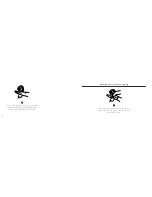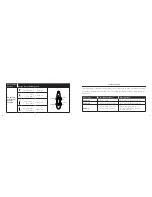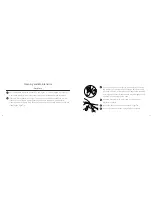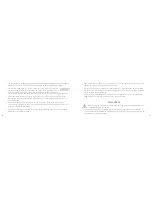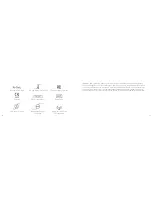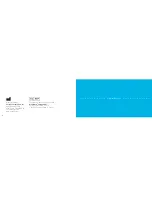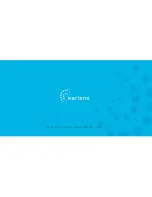
43
42
•
Handle the components carefully and prevent hard knocks. Do not drop them as it may
damage the Earlens Hearing Aid.
•
If the Earlens Processor fails to operate or if it appears damaged, including the presence of
battery leakage or swelling, promptly remove the Processor, discontinue use and contact
your hearing professional.
•
Only clean the Processor with a soft cloth. Do not use chemicals (i.e. hairspray) in close
proximity or to clean the Processor.
•
Keep Charger cord out of reach of individuals who may be at risk of strangulation.
•
Electromagnetic fields produced by other electrical equipment such as cell phones, metal
detectors, microwaves, RFID systems and commercial theft detection systems (also known as
electronic article surveillance [EAS]) may interfere with the Earlens Hearing Aid. In the event
that you perceive unexpected noise or interference in the presence of these devices, move
away from the source to mitigate the potential interference. If you have further concerns you
should remove the Processors and contact your hearing healthcare professional.
Technical Information
Earlens Hearing Aid FCC ID: 2AGDU-EL1.
This device complies with part 15 of the FCC Rules. Operation is subject to the following two
conditions: (1) This device may not cause harmful interference, and (2) this device must accept any
interference received, including interference that may cause undesired operation.
IMPORTANT! Changes or modifications not expressly approved by Earlens Corporation could void
the user’s authority to operate the equipment.
Note: This equipment has been tested and found to comply with the limits for a Class B digital
device, pursuant to part 15 of the FCC Rules. These limits are designed to provide reasonable
protection against harmful interference in a residential installation. This equipment generates,
uses and can radiate radio frequency energy and, if not installed and used in accordance with
the instructions, may cause harmful interference to radio communications. However, there is no
guarantee that interference will not occur in a particular installation. If this equipment does cause
harmful interference to radio or television reception, which can be determined by turning the


